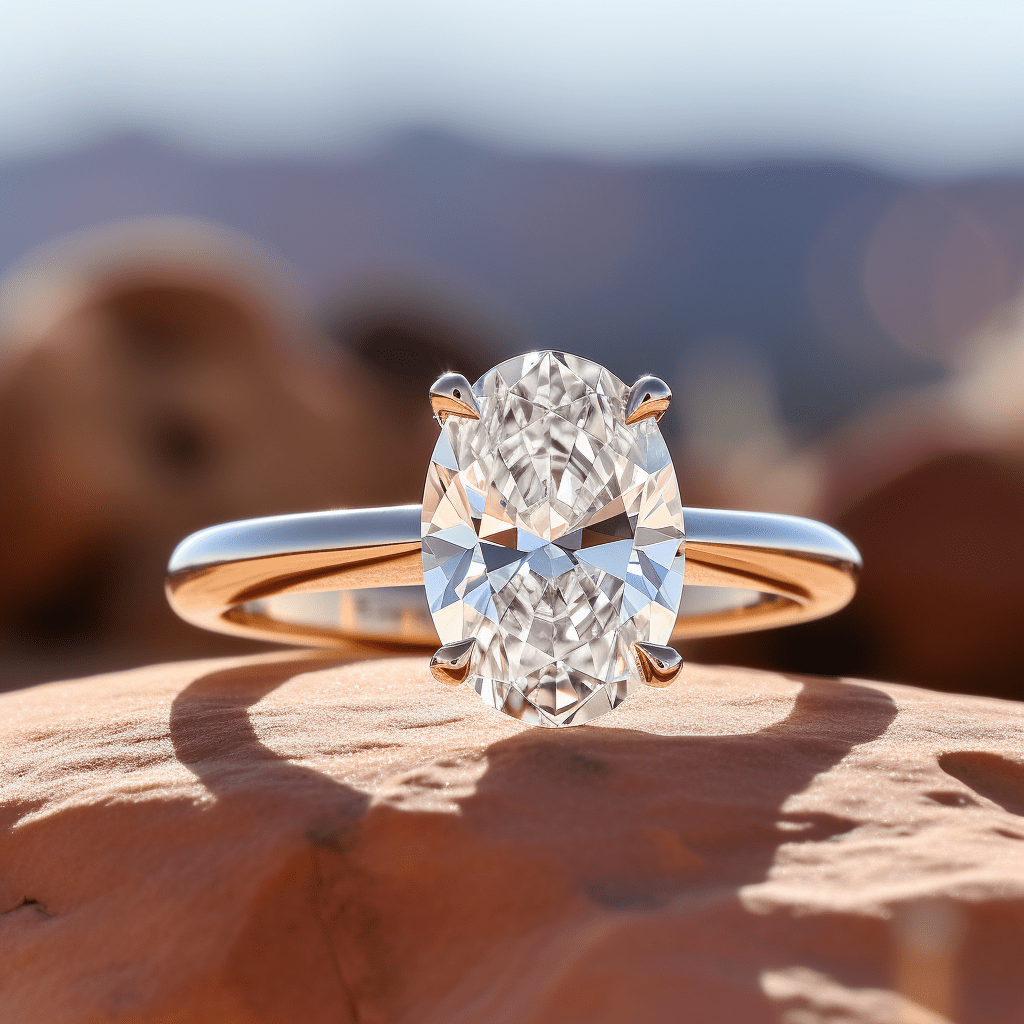In the realm of exquisite jewelry, lab-created diamonds have emerged as a preferred choice for many discerning buyers. These stunning gems offer the same brilliance and beauty as natural diamonds but are crafted in controlled environments, ensuring ethical sourcing and exceptional quality. When it comes to purchasing a lab diamond ring, one crucial aspect that often requires attention is ensuring the perfect fit. A well-fitted ring not only enhances comfort but also adds to the aesthetic appeal of the piece. In this comprehensive guide, we delve into the intricacies of measuring how to measure lab diamond ring size accurately to ensure a flawless fit every time.
Understanding Ring Sizing
Before embarking on the journey of measuring your lab diamond ring size, it’s essential to grasp the fundamentals of ring sizing. Rings are typically measured based on a standard scale, with each size denoted by a specific number or letter. The most common scale used in the United States follows a numerical sequence ranging from size 3 to size 13, with each increment representing a slight increase in circumference. Additionally, some jewelers may utilize half sizes to provide a more precise fit.
Methods for Measuring Ring Size
1. Professional Ring Sizing
For the utmost accuracy and reliability, visiting a reputable jeweler for professional ring sizing is highly recommended. Trained professionals utilize specialized tools, such as ring sizers and mandrels, to determine the exact measurements of your finger. This ensures precise results tailored to your unique requirements. Furthermore, reputable jewelers often offer complimentary ring sizing services to ensure customer satisfaction.
2. DIY Ring Sizing Methods
While professional ring sizing is the preferred option, there are several DIY methods that can be employed to gauge ring size at home. These methods provide a convenient alternative, especially when visiting a jeweler is not feasible. Some popular DIY techniques include:
Printable Ring Sizer: Utilizing a printable ring sizer template allows you to accurately measure your ring size using a standard printer. Simply follow the instructions provided with the template to obtain precise measurements.
String or Paper Method: This simple yet effective method involves wrapping a piece of string or paper around the base of your finger and marking the point where it overlaps. Measure the length of the string or paper using a ruler and refer to a ring sizing chart to determine your size.
Existing Ring Comparison: If you already own a well-fitted ring, you can use it as a reference for determining your size. Place the ring on a ring sizing chart and identify the corresponding size.
Factors to Consider
While measuring lab diamond ring size, it’s important to consider various factors that can influence the accuracy of the measurement:
Temperature: Finger size can fluctuate with changes in temperature. For the most accurate results, measure your ring size when your fingers are at a normal, comfortable temperature.
Time of Day: Finger size may vary throughout the day due to factors such as hydration levels and physical activity. Aim to measure your ring size during the latter part of the day when your fingers are likely to be at their average size.
Ring Width: The width of the ring band can affect the fit of the ring. Wider bands typically require a slightly larger size to ensure a comfortable fit, whereas narrower bands may fit more snugly.
Ensuring a Perfect Fit
Once you’ve determined your lab diamond ring size, it’s essential to verify the fit to ensure optimum comfort and wearability. Here are some tips for ensuring a perfect fit:
Comfortable Movement: Your ring should slide onto your finger with ease while providing enough resistance to prevent it from slipping off accidentally. You should be able to bend your finger comfortably without any restriction.
Minimal Slippage: While a well-fitted ring should not feel tight or constricting, it should also not slide off too easily. Aim for a snug fit that allows minimal slippage without causing discomfort.
Consultation with Jeweler: If you have any doubts about the accuracy of your ring size or the fit of your ring, don’t hesitate to consult with a professional jeweler. They can offer expert guidance and assistance to ensure your complete satisfaction.
Conclusion
Measuring the size of your lab diamonds ring is a crucial step in the purchasing process, ensuring that you receive a piece of jewelry that fits perfectly and complements your style. Whether opting for professional ring sizing or DIY methods, accuracy and attention to detail are paramount. By following the guidelines outlined in this comprehensive guide, you can confidently measure your ring size and embark on your journey to acquiring the perfect lab diamond ring.

